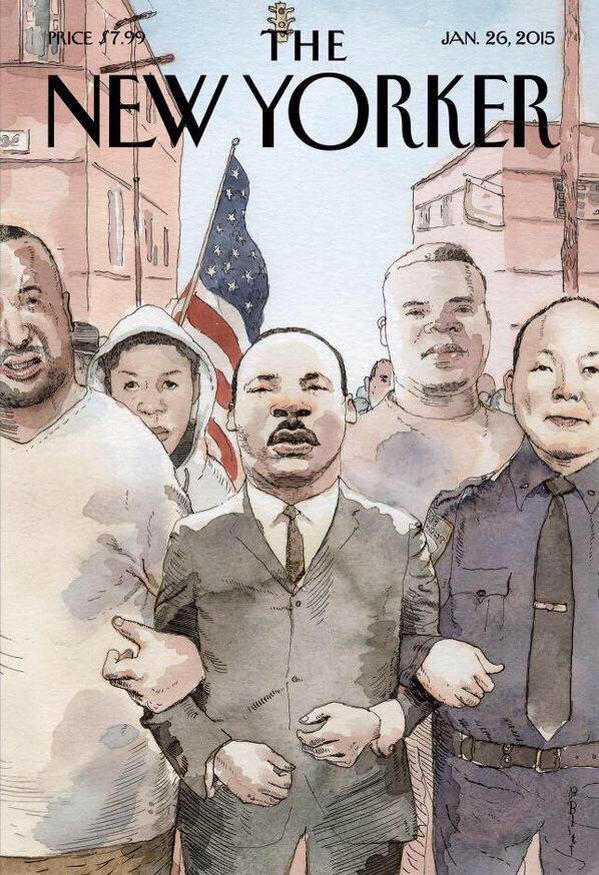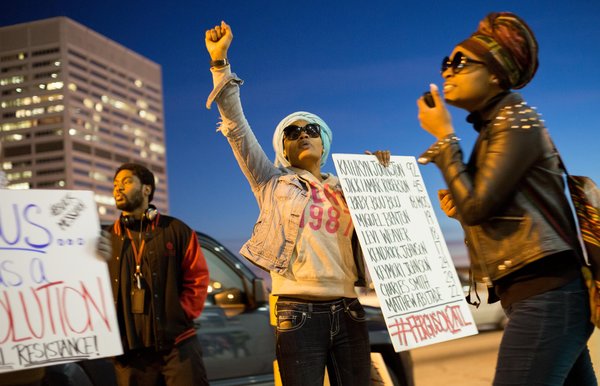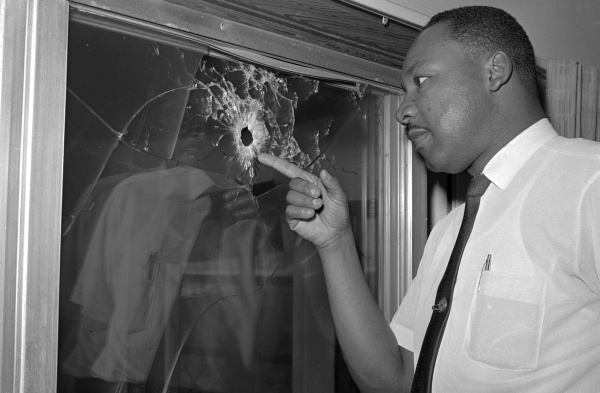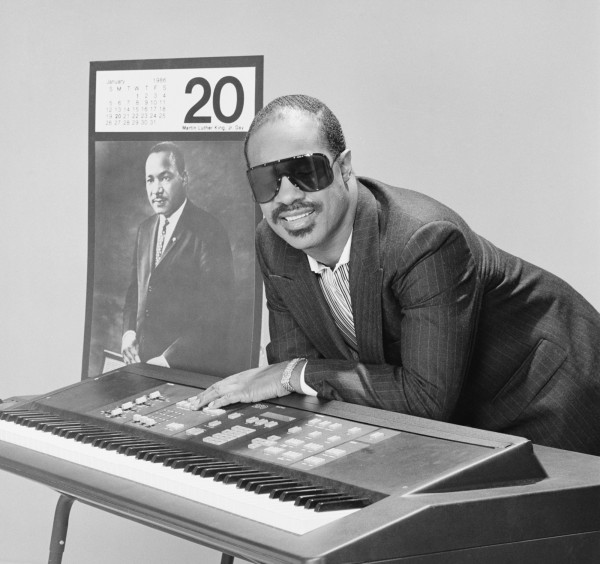NEW YORKER: Barry Blitt drew this week’s cover, inspired by the photographs of the Selma-to-Montgomery march that are everywhere again. “It struck me that King’s vision was both the empowerment of African-Americans, the insistence on civil rights, but also the reconciliation of people who seemed so hard to reconcile,” he said. “In New York and elsewhere, the tension between the police and the policed is at the center of things. Like Trayvon Martin and Eric Garner, Michael Brown and Officers Wenjian Liu and Rafael Ramos, Martin Luther King was taken way too early. It is hard to believe things would have got as bad as they are if he was still around today.” MORE
WASHINGTON POST: Barry Blitt’s drawing, which will adorn newsstands and coffee tables next week, evokes the famous photos of the Rev. Martin Luther King Jr. as he marched from Selma to Montgomery in 1965. On this cover, King’s arms are linked with those of Eric Garner, the Staten Island man who died after being placed in a police chokehold, and Wenjian Liu, the New York City police officer gunned down with Rafael Ramos as they sat in their squad car last month. They are joined on the cover by Trayvon Martin and Michael Brown, who were shot and killed in Florida and Missouri, respectively. This cover specifically arrives the week of the holiday honoring King and as protests against police tactics, which have taken place across the country in recent months, are expected to continue over the weekend and into Monday. It also comes as “Selma,” a movie about King and the civil rights movement, is expanding into additional theaters after earning Best Picture nomination. MORE
NEW YORK TIMES: The iconic images of the Rev. Dr. Martin Luther King Jr. come from an era when he was confronting legalized discrimination, and communication tools included mimeographed fliers and the holy grail of a network television report. Protesters today cite myriad ills embedded in the economy and culture and spread their messages instantly through websites, Twitter hashtags and text messages. And at a time of widespread social unrest over race and inequality, the King holiday on Monday is highlighting both the power of Dr. King’s vision, brought to the public again in the film “Selma,” and the enormous difficulties of forging a new movement along similar lines. Nonetheless, today’s protesters are embracing Dr. King’s spirit and the tactics of his era with a sense of commitment that has not existed, perhaps, for decades. “We’re in the business of disrupting white supremacy,” said Wazi Davis, 23, a student at San Francisco State University, who has helped organize protests in the Bay Area. “We look toward historical tactics. The Montgomery bus boycott, the sit-ins — those tactics were all about disruption.” MORE
THE ATLANTIC: The Ku Klux Klan presence was intense in St. Augustine. King learned about the racial strife from Robert Hayling, a dentist and youth leader of the local NAACP, who had been captured, beaten, and almost burned alive at a Klan rally the previous September. Hayling had appealed to King and his organization, the Southern Christian Leadership Conference, to come to St. Augustine for a campaign of direct action. The level of violence was startling. Nighttime marches from Lincolnville to the slave market were intercepted by white supremacists, who had gathered to hear from a fiery trio. Traveling Klan “minister” Connie Lynch proclaimed, “Hitler was a great man” and described the outside agitator of choice as “Martin Lucifer Coon.” J.B. Stoner, a future lawyer for James Earl Ray, thundered, “We won’t be put in chains by no civil rights bill!” And local leader Hoss Manucy, head of the Klan-affiliated Ancient City Hunting Club, told Harpers magazine, “My boys are here to fight niggers!” The Klansmen greeted the protesters with blackjacks, bricks, and bicycle chains. One night, Andrew Young was knocked to the ground and savagely kicked in the back and the groin. Young told me this year at a civil rights conference in Austin that St. Augustine was unique in the movement in one respect: “It was the only place where our hospital bills were greater than our bond bills.” When King came down to St. Augustine, he was moved from place to place for his own protection. On May 28, the address of a cottage that had been rented for him was printed in the local paper; that night someone blasted it with gunfire, though King was not there. (A photo of him pointing to a bullet hole in a sliding glass door has become the St. Augustine movement’s most enduring image.) MORE
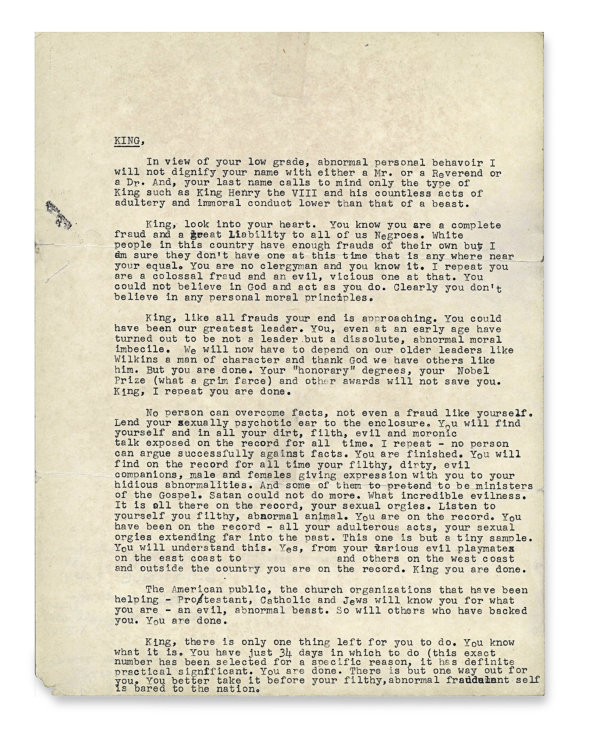 REASON: Late last year, historian Beverly Gage published an unredacted version of the notorious November, 1964 letter sent anonymously to Martin Luther King, Jr. before he would travel to Europe to collect his Nobel Peace Prize (above). The letter suggested that King kill himself or else be outed for sexual improprieties. It is widely believed the letter was sent either by FBI operatives or at least sanctioned by the agency, as it relies on information compiled from surveillance conducted by J. Edgar Hoover with the imprimatur of Attorney General Bobby Kennedy (whether Lyndon Johnson directly okayed such actions, it’s unambiguous that he knew about them and discussed their findings). Historians had long sought after an unredacted version of “suicide letter,” as it is known. It’s a disturbing piece of work, to say the least. It poses as a note from a concerned African American. It’s failure was complete, as it wasn’t read until after King received his Nobel and it was opened by his wife, who turned it over to her husband. I wrote about the letter last fall when The New York Times published it. We live in an age where trust and belief in the government is far lower than it was the FBI was pulling grotesque stunts like this one. Our ambivalence is well-founded, given not just the revelations of the Church Committee in the 1970s but more recent news of just how little the government regards our civil liberties. Martin Luther King’s legacy for race relations is rightly well-known and celebrated. We should also remember that his treatment by government carries lessons about the state-sanctioned violation of privacy and dignity. MORE
REASON: Late last year, historian Beverly Gage published an unredacted version of the notorious November, 1964 letter sent anonymously to Martin Luther King, Jr. before he would travel to Europe to collect his Nobel Peace Prize (above). The letter suggested that King kill himself or else be outed for sexual improprieties. It is widely believed the letter was sent either by FBI operatives or at least sanctioned by the agency, as it relies on information compiled from surveillance conducted by J. Edgar Hoover with the imprimatur of Attorney General Bobby Kennedy (whether Lyndon Johnson directly okayed such actions, it’s unambiguous that he knew about them and discussed their findings). Historians had long sought after an unredacted version of “suicide letter,” as it is known. It’s a disturbing piece of work, to say the least. It poses as a note from a concerned African American. It’s failure was complete, as it wasn’t read until after King received his Nobel and it was opened by his wife, who turned it over to her husband. I wrote about the letter last fall when The New York Times published it. We live in an age where trust and belief in the government is far lower than it was the FBI was pulling grotesque stunts like this one. Our ambivalence is well-founded, given not just the revelations of the Church Committee in the 1970s but more recent news of just how little the government regards our civil liberties. Martin Luther King’s legacy for race relations is rightly well-known and celebrated. We should also remember that his treatment by government carries lessons about the state-sanctioned violation of privacy and dignity. MORE
MEDIUM: On the evening of April 4, 1968, teen music sensation Stevie Wonder was dozing off in the back of a car on his way home to Detroit from the Michigan School for the Blind, when the news crackled over the radio: Martin Luther King Jr. had just been assassinated in Memphis. His driver quickly turned off the radio and they drove on in silence and shock, tears streaming down Wonder’s face. Five days later, Wonder flew to Atlanta for the slain civil rights hero’s funeral, as riots erupting in several cities, the country still reeling. He joined Harry Belafonte, Aretha Franklin, Mahalia Jackson, Eartha Kitt, Diana Ross and a long list of politicians and pastors who mourned King, prayed for a nation in which all men are created equal and vowed to continue the fight for freedom. Wonder was still in shock—he remembered how, when he was five, he first heard about King as he listened to coverage of the Montgomery bus boycott on the radio. “I asked, ‘Why don’t they like colored people? What’s the difference?’ I still can’t see the difference.” As a young teenager, when Wonder was performing with the Motown Revue in Alabama, he experienced first-hand the evils of segregation—he remembers someone shooting at their tour bus, just missing the gas tank. When he was 15, Wonder finally met King, shaking his hand at a freedom rally in Chicago. At the funeral, Wonder was joined by his local representative, young African-American Congressman John Conyers, who had just introduced a bill to honor King’s legacy by making his birthday a national holiday. Thus began an epic crusade, led by Wonder and some of the biggest names in music—from Bob Marley to Michael Jackson—to create Martin Luther King Day. o overcome the resistance of conservative politicians, including President Reagan and many of his fellow citizens, Wonder put his career on hold, led rallies from coast to coast and galvanized millions of Americans with his passion and integrity. But it took 15 years. MORE
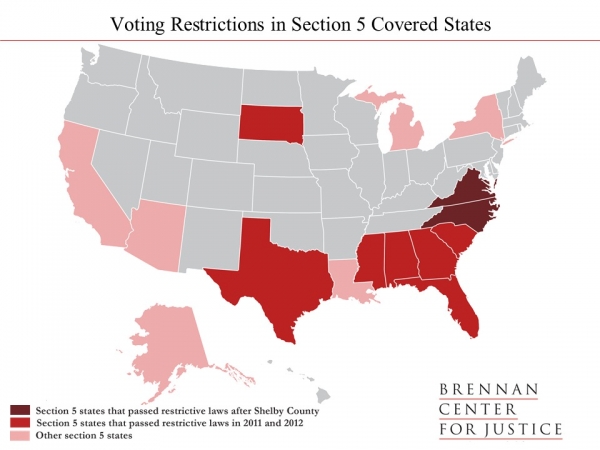
THE NATION: The film Selma movingly chronicles Martin Luther King Jr.’s fight to win the Voting Rights Act (VRA). It ends with King speaking triumphantly on the steps of the Alabama capitol, after marching from Selma to Montgomery. Five months later, Congress passed the VRA, the most important civil-rights law of the twentieth century. If only that story had a happy ending today. Selma has been released at a time when voting rights are facing the most sustained attack since 1965. The Supreme Court gutted the centerpiece of the VRA in Shelby County v. Holder in June 2013. That followed a period from 2011 to 2012 when 180 new voting restrictions were introduced in 41 states, and 22 states made it harder to vote. MORE
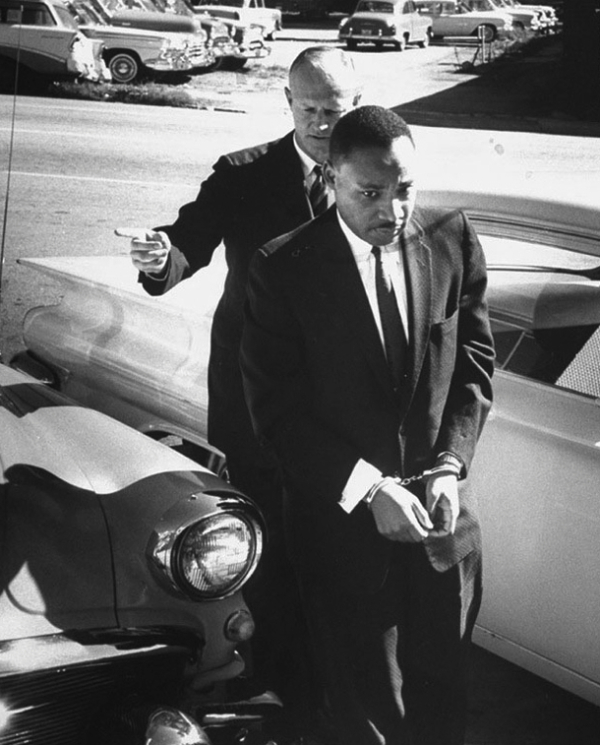
CBS NEWS: Economic inequality is set to reach a worrying tipping point next year, when the richest 1 percent will control more than half of the world’s wealth. MORE
HUFFINGTON POST: In the thousands of speeches and celebrations on the official Martin Luther King holiday since its inception, there is a crucial fact of his life, activism and thought that no major commemoration has ever celebrated: that King was a strong and uncompromising opponent of American capitalism. This was no late-in-life development for King. It spanned from his youthful years to his death while attempting to gain humane wages and working conditions for a public union. Why was Martin Luther King so opposed to capitalism?
On the one hand, capitalism has generated immense wealth, significantly raised living standards and generally made life more comfortable and secure to varying degrees for most of those living in capitalist countries. On the other hand, it has exacted an excruciating toll in human toil and treasure. It has wrought immense suffering, systematic oppression and exploitation, and debilitating social alienation. Capitalism rewards, indeed depends upon, selfish, aggressive behavior. It values profits over people, promotes material values over spiritual values, dispenses power without social responsibility, and treats people as commodities to be discarded.
Moreover, capitalism is not compatible with “one person, one vote” political democracy because those with the most capital have far more political influence and power per capita than less well-heeled Americans. It is also incompatible with economic democracy because capitalism allows no democracy in the workplace. Workers have to comply with capitalists’ rules and dictates or risk penury and, in egregious cases, physical violence. MORE
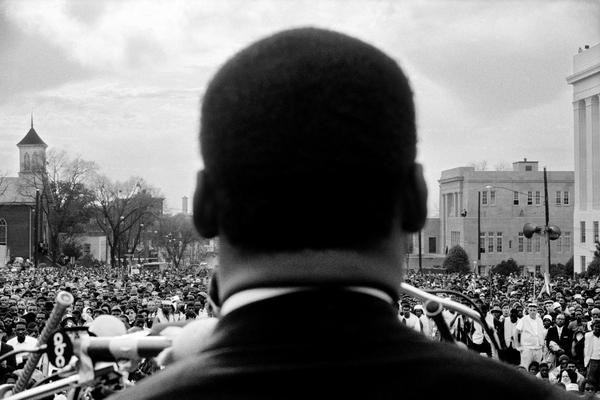
PBS: An audio recording of a speech given by the Rev. Martin Luther King Jr. in the 1960s, long thought to be lost in time, was made available to the masses this week online. The 55-minute recording of the speech delivered by the late civil rights leader on April 27, 1965 at the University of California-Los Angeles was unearthed from a storage room by archivist Derek Bolin and Tim Groeling, chair of the UCLA Department of Communication Studies. “It’s a speech of importance that deserves to be released on a day of importance,” Bolin, also a 2013 UCLA graduate, said Friday in a press release on what would have been King Jr.’s 86th birthday. On the recording, the sound of birds chirping can be heard as Joel Boxer, the chairman of the now defunct Associated Students Speakers program at UCLA, welcomes the crowd to what “must be the largest program in the speakers program history.” The speech happened a month and two days after King’s historic civil rights march from Selma to Montgomery, Ala., which was the subject of the 2014 film “Selma,” directed by Ava DuVernay. MORE

